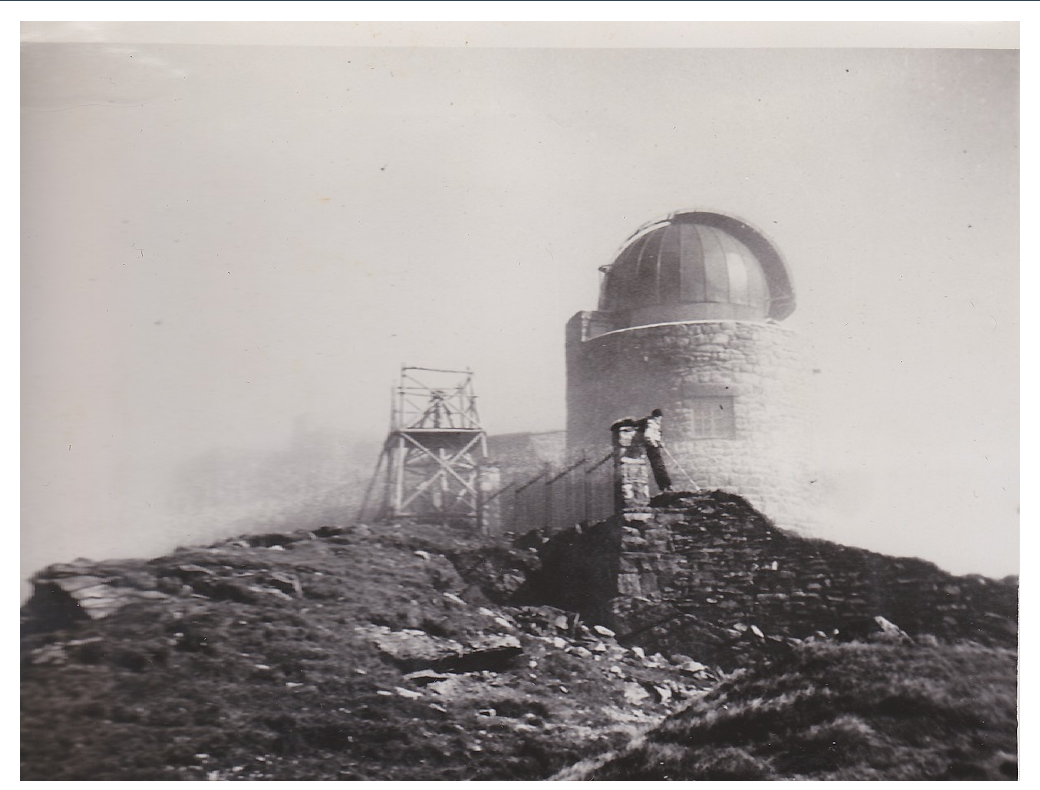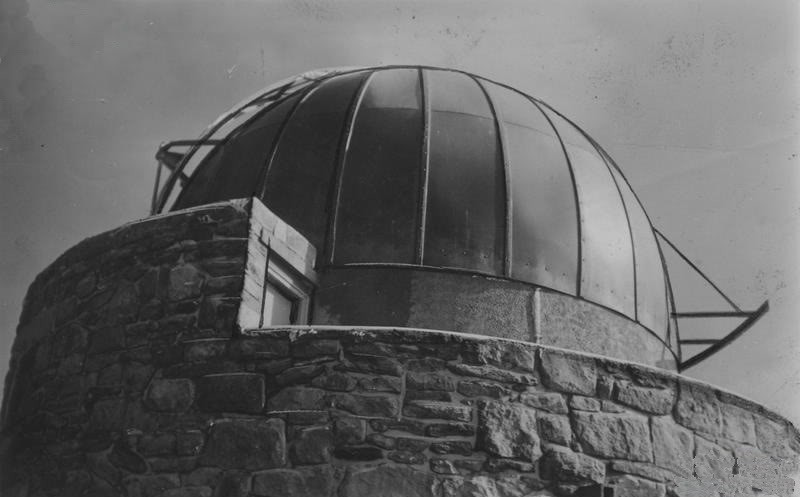Astronomy is one of the oldest sciences, that includes an observation and explanation of the events taking place outside of the Earth and its atmosphere. It studies the origin, development, properties of the objects observed on the sky(and they are out of the limits of the Earth), and also processes related to them.
Astronomy and its methods are of great importance. Research of processes taking place on different celestial bodies allows to the astronomers to study a substance in such states that are not yet attained in laboratories on the Earth. To get new results and more exact images of the night sky scientists began to build bigger and bigger telescopes in remote alpine places. It reduces the influence of the Earth atmosphere on the quality of the photos of star sky .
One of observatories is situated among picturesque mountains in the Carpathians and presently it is named the International scientific center "Observatory".
The scientific center on the top of Pip Ivan Mountain, also known as the White Elephant, is the highest located building in Ukraine. It used to be a Polish astronomical and meteorological observatory.
The first observational photography with a new apparatus was taken there in 1937 by the Polish scientist Maciej Bielicki. He managed to get 4 photos of Interamnia planetoid. Several months later two photographs of Comet Juroff-Akhmarov-Gassel were taken. The findings were published in the journal of the Warsaw Observatory in 1938-1939.

In the spring of 1939 Dr. Volodymyr Zon began his work at the Observatory. He photographed the stars in two colors which were distinguished by the intensity of glow in black and white photographs. The work was carried out with the stars of the Milky Way. Dr. Zon’s unfinished data, stored in Warsaw, disappeared during the Warsaw Uprising of 1944.
In April 1939 Master Stephen Shirbak arrived to the observatory to conduct astronomical work (on behalf of Professor Kaminsky). Then he made nearly 70 visual assessments of the variable stars’ brightness, drew a series of the rotation of Mars, and identified 6 positions of Comet Brooks.

On the beginning of the Second World War, the observatory staff evacuated the most valuable equipment to the Budapest Astronomical Observatory, then to Vienna. After the war it was returned to Poland. The mounted trilens objective is located in the Silesian Planetarium.
After the relevant astronomical equipment being installed, the International Scientific Center "Observatory" on Pip Ivan Mountain will become one of the astronomical centers in Ukraine, where students will be able to conduct observations, and their research will bring practical benefits to society.
